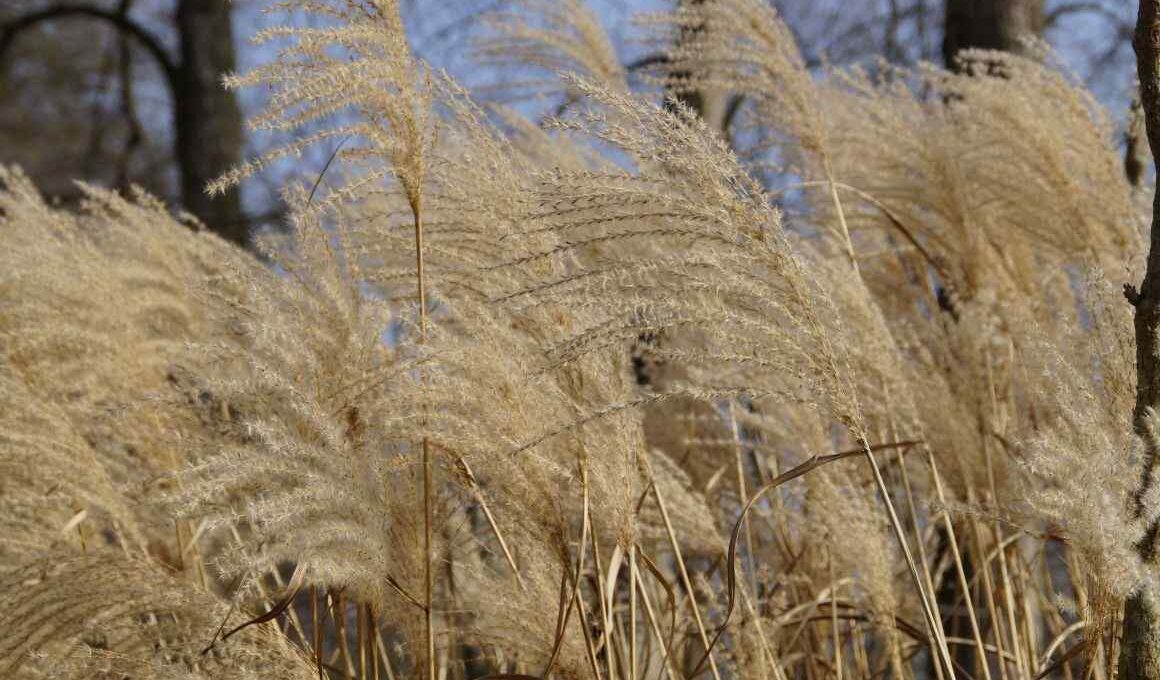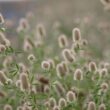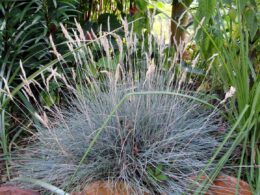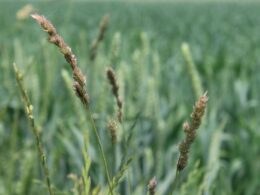What Is Maiden Grass?
Maiden Grass is a tall, clumping perennial that is native to China and Japan. Maiden grass is widely cultivated as an ornamental plant for its attractive foliage and silky flower heads. This ornamental grass has leaves that are variegated yellow and green, with a fountain-like growth habit. The flowers stand above the foliage in late summer, then dry and turn silver.
Miscanthus Sinensis Appearance
Maiden grass produces long blades of green or variegated foliage that grow from the center of its base. The blades are slender and tapered at the tips, while they are wider and more rounded at their bases. The plant comes in a variety of forms, with the most common being maiden grass, zebra grass and dwarf maiden grass. The leaves grow on stiff stems that reach between 3 and 9 feet (0.9 to 2.7 m) in height. They are arranged in a V shape on the stem, giving the plant a featherlike appearance.
Maiden Grass Distribution and Habitat
Maiden grass is widely cultivated as an ornamental plant for its attractive foliage and silky flower heads. Miscanthus sinensis is native to eastern Asia, from China South to Indonesia. Its natural distribution includes Japan, Korea, Taiwan, the Philippines and Vietnam.
Tips for Growing Maiden Grass
Maiden Grass is a very easy plant to grow, requiring little attention once established. It is drought tolerant and deer resistant, making it an ideal plant for many landscapes. This grass grows best in USDA Hardiness Zones 5 through 9. Maiden grass can be grown in full sun or part shade, but will grow best when given full sun. The plant prefers moist conditions, but can tolerate dry soil once it has become established. It prefers soil that is either neutral or acidic.
Maiden Grass Care
Maiden grass grows quickly, especially in the summer months. When cared for properly, the plant can last for many years, even 20 years. Maiden grass is a hardy, ornamental grass that grows in clumps and requires no special care.
Soil
Maiden Grass prefers soil with good drainage, so amend heavy clay or compacted soil with several inches of organic matter. It can tolerate drought once established, but it will grow more slowly and produce fewer flowers.
Light
This ornamental grass grows best in full sun but can tolerate partial shade as well, though it will not grow as large or as fast as it would under optimum conditions.
Watering
Water regularly during the first year of growth. Provide enough water to keep the soil moist during the plant’s first year of life to ensure healthy growth. After it has been established, the plant will not require as much water, although it does thrive when provided with plenty of moisture.
Fertilizing
Maiden Grass Use and Benefits
Maiden grass is often grown for its ornamental value. Its height and feathery seed heads make it a striking addition to the garden when planted in groups or as a border along fences or walkways. Maiden grass plants are sometimes used as cut flowers, too; their dried seed heads are ideal for use in dried flower arrangements. It is also used as a food source for livestock, and as a biofuel.
Maiden Grass Common Problems
It is easy to grow, very showy and has few insect or disease problems. However, it does develop rust disease, which can cause unsightly leaf spots. Learn more about how to get rid of rust on maiden grass in this article.
Maiden Grass Rust
Maiden grass rust is a common plant problem that affects many species of plants. On maiden grass, the disease shows up as yellow-orange spots on the leaves. The leaves may also curl downward and fall off prematurely, ruining the plant’s appearance. In severe cases, the disease will kill the grass. Rust disease is caused by a fungus that spreads via spores through air currents or rain splash. The fungus needs water to grow and spread, so conditions such as high humidity and frequent rain will promote its development.



















